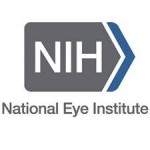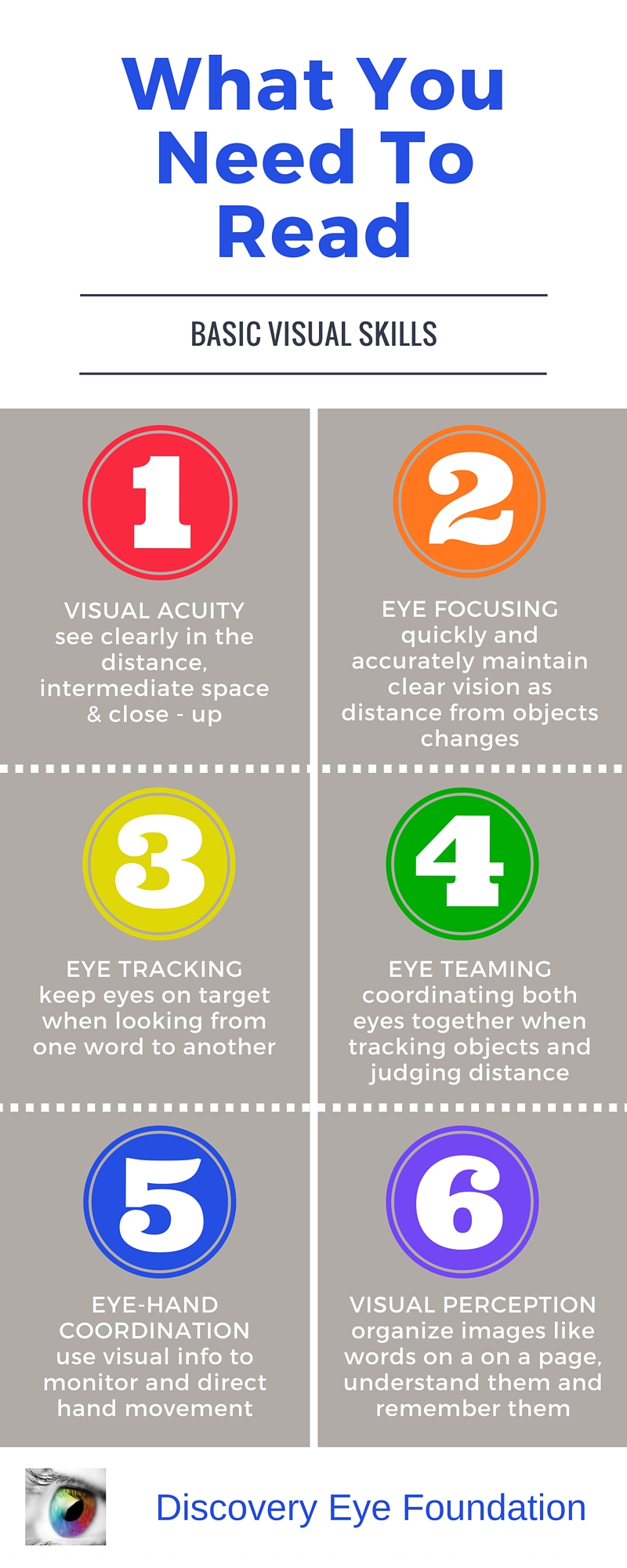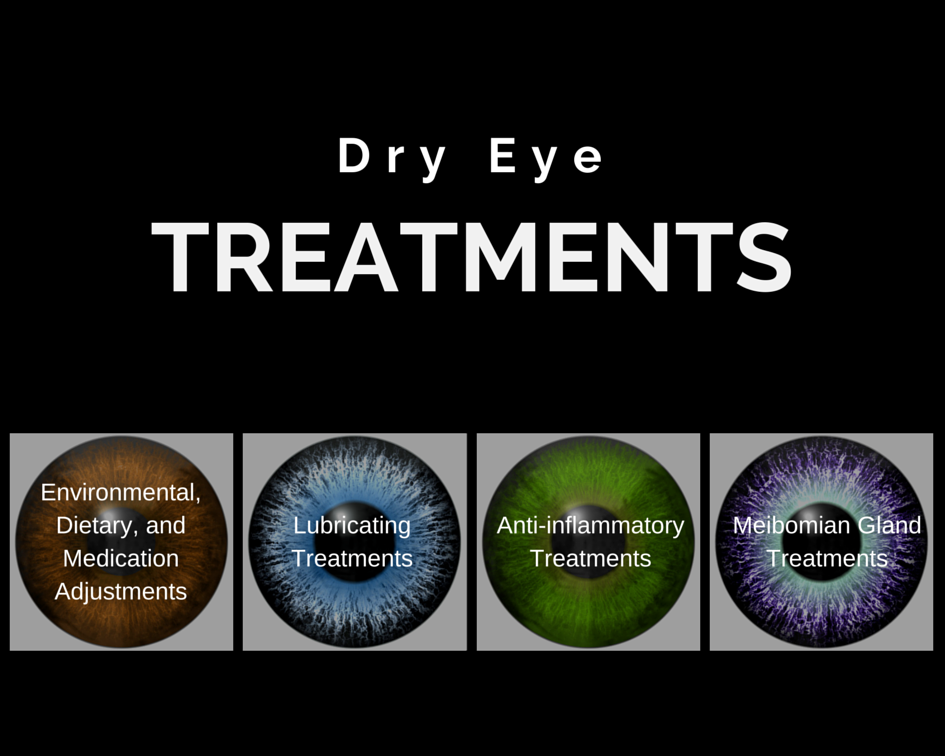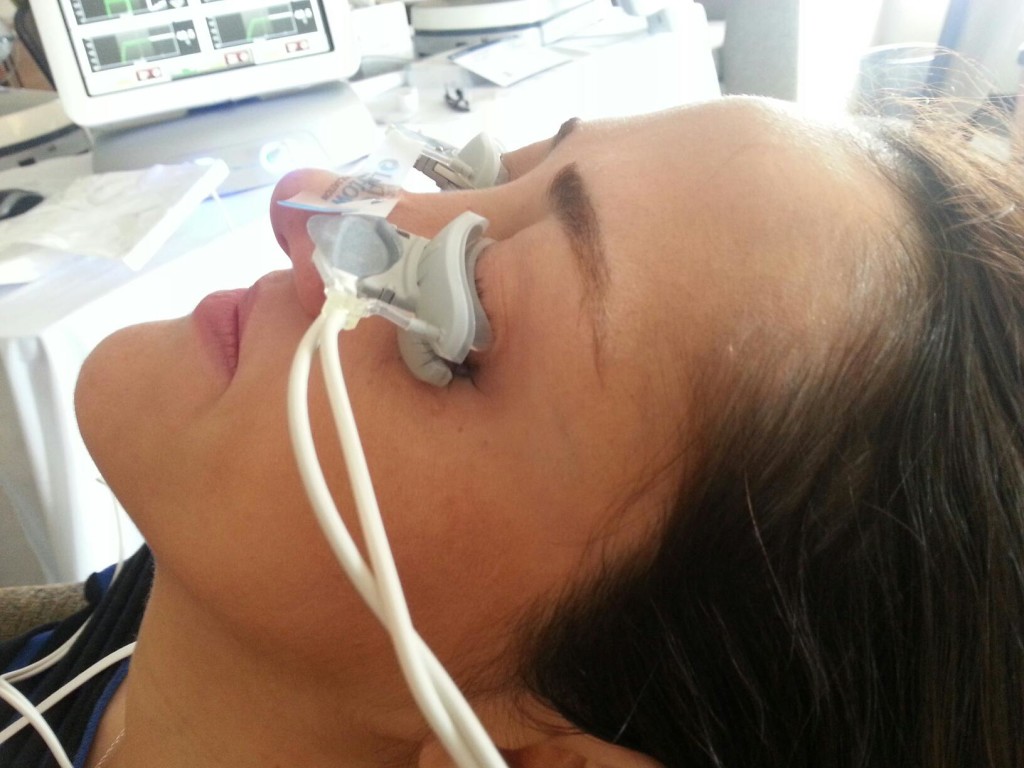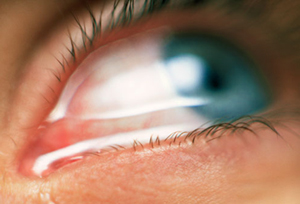The following is a survey done by Essilor (a French company that produces ophthalmic lenses along with ophthalmic optical equipment) and a large marketing research firm in the UK, YouGov. While the focus in on people living in the UK, the results would probably be similar to the US population. Even with increased access to the Internet, many people are still not aware of the risks associated with eye disease and what they can do to help retain their vision. Increased awareness of informational resources are important for saving vision.

There are a number of websites with easy to understand information about taking care of your vision that I have listed under Resources to Help Save Vision at the bottom of this article. And while there are eye diseases that are hereditary, you can slow the onset and progression by making good lifestyle choices about smoking, diet and exercise. Your eye care specialist is also an excellent source of information about what you can to do reduce your risk of vision loss, at any age.
Increased Awareness for Saving Vision
A YouGov poll conducted with Essilor reveals that most Britons are unaware of damage to their eyes by surrounding objects, activities, and devices. This widespread lack of awareness means fewer people seeking methods of prevention and avoidance, and for those that are aware of risks, most are not informed of existing preventative measures.
The poll has shown* that many British people remain uninformed about the various ways in which eyes are damaged by common daily factors, despite evidence that eye health is affected by blue light, UV rays (reflected from common surfaces), diet, obesity, and smoking.
Of the 2,096 people polled, the percentage of respondents aware of the link between known factors affecting and eye health were:
- Poor diet – 59%
- Obesity – 35%
- Smoking tobacco – 36%
- UV light, not just direct from the sun but reflected off shiny surfaces – 54%
- Blue light from low energy lightbulbs and electronic screens – 29%
More than one in ten people were completely unaware that any of these factors could affect your eyesight at all.

72% of respondents own or wear prescription glasses but only 28% knew that there were lenses available (for both prescription and non-prescription glasses) to protect against some of these factors; specifically, blue light from electronic devices and low energy light bulbs, and UV light from direct sunlight and reflective surfaces.
76% admitted they haven’t heard of E-SPF ratings – the grade given to lenses to show the level of protection they offer against UV.
Just 13% have lenses with protection from direct and reflected UV light, and only 2% have protection from blue light (from screens, devices, and low energy bulbs).
Poll results showed that younger people were most aware of the dangers of UV and blue light, yet least aware of how smoking tobacco and obesity can affect your eye health. Within economic sectors, middle to high income people are more aware of the effects of smoking & obesity on eyesight than those with low income –
- 39% of people with middle to high income compared to 33% of people with low income are aware of the impact of smoking tobacco.
- 38% of people with middle to high income compared to 31% of people with low income are aware of the impact of obesity.
Awareness of the impacts of smoking and obesity on eye health is significantly higher in Scotland (47% & 49% respectively) than anywhere else in the UK (35% & 33% in England and 40% & 38% in Wales).
Essilor’s Professional Relations Manager, Andy Hepworth, has commented: “The lack of awareness about these common risks to people’s eyes is concerning. Not only would many more glasses wearers be better protected, but also many people who do not wear glasses would likely take precautions too, if made aware of the dangers and the existence of non-prescription protective lenses.”
To see the full results of the poll, please visit the Essilor website.
For more information on the protection offered from blue light and UV through specialist lens coatings, for both prescriptions and non-prescription glasses, please see here for UV & Blue Light Protection options.
*All figures, unless otherwise stated, are from YouGov Plc. Total sample size was 2,096 adults. Fieldwork was undertaken between 21st and 24th August 2015. The survey was carried out online. The figures have been weighted and are representative of all GB adults (aged 18+).
Resources To Help Save Vision
All About Vision
Macular Degeneration Partnership
National Eye Institute (NEI)
Prevent Blindness
10/16/15
 Susan DeRemer, CFRE
Susan DeRemer, CFRE
Vice President of Development
Discovery Eye Foundation










